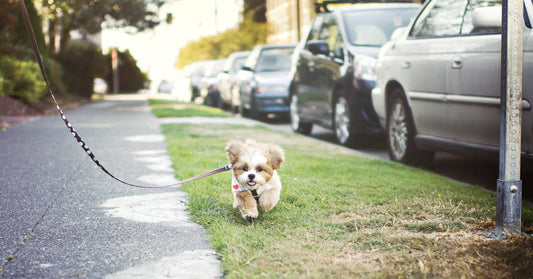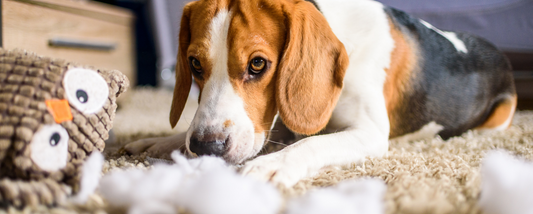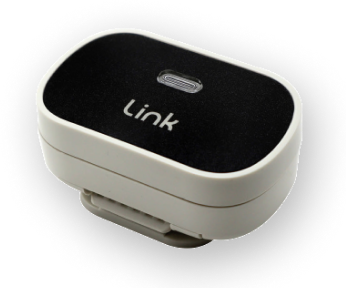Like most natural instincts your dog exhibits, there’s a variety of reason for why he whines, including when you load him up in the car. Yep, whining in the car isn’t just for kids! It’s a natural habit for dogs, too.
Whether it’s driving to the vet, the park, or just going along for the ride, car journeys are a fact of life for many dogs, so learning why does my dog whine in the car and how to deal with it can bring you, and your dog, some peace of mind.
What’s Behind a Dog’s Whiny Behavior?
From appeasement to excitement or anxiety, dogs whine for a variety of reasons, and if you can get to the source of it you’ll have a better chance of keeping your pooch quiet until you get where you’re going. Experts say there are five main reasons your dog whines:
- He wants attention. Some dogs whine as part of their excitement when seeing their pet parent.
- He’s stressed or fearful. Anxiety is usually accompanied by nervous pacing while a fearful dog whines, trembles and tries to escape and hide.
- He’s alerting you to something. This could be as simple as the need to relieve himself or something more serious that’s happening without you knowing.
- He’s excited. Together with whining, other behaviors like jumping, circling, and yipping tell you your pet is probably either agitated at having to get in the car or enthusiastic about the trip.
- He’s hurt. Look for any physical signs of injury and if in doubt, consult your vet. It’s possible your dog suffers from car sickness and the vet might have some remedies you can try. If he whines and drools excessively, that’s another sign a vet visit is in order.
Along with energy and body language, whining is just another way your dog communicates, but it usually indicates a heightened level of excitement and need. Whether it’s his physical, mental, or emotional state, it’s important to listen to what he has to say.
How to Stop the Whining
Teaching a dog to ride quietly in the car is important for your safety and peace of mind. Alternate car riding behaviors can be instilled if you take the time to reward and reinforce positive behavior. Here are a few methods you can try:
-
Anxiety reduction. Try exercising your dog so he burns off excess energy before getting in the car. It also might be necessary to crate him in the vehicle; just be sure to give him a toy or familiar blanket.
-
Verbal commands. “Be quiet” said in a firm voice one or more times is often highly effective, especially if you use the command while at home. When your dog stops whining, be sure to give him a treat. This can later be replaced with praise and attention.
- Alternative behaviors. If the be quiet method doesn’t work, try “sit and look at me.” Use the same treat method but reduce it until he no longer gets a treat until the ride is over.
While a whining dog in the car can be annoying for everyone, try to remember it’s just another form of communication. Your dog is doing his best to tell you something and is hoping you’ll figure it out. Once you do, you can help teach him that silence truly is golden, especially during car rides!





